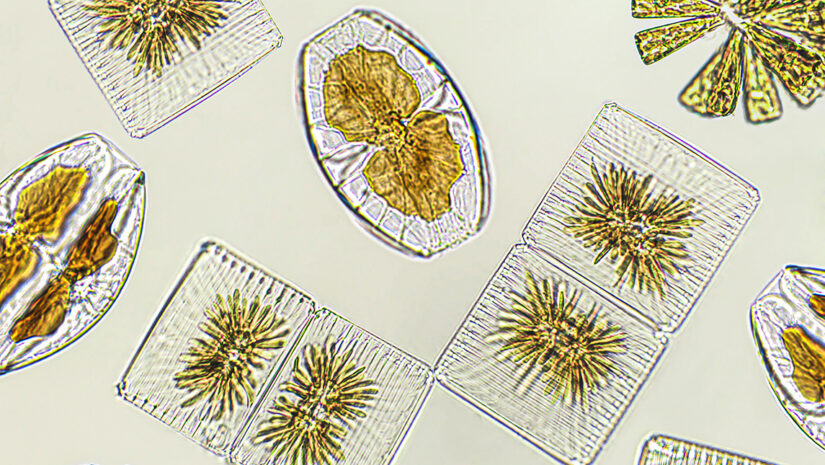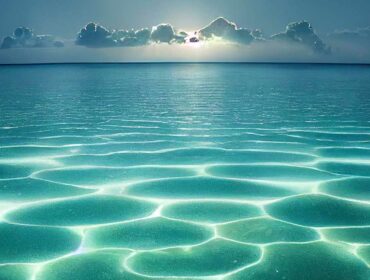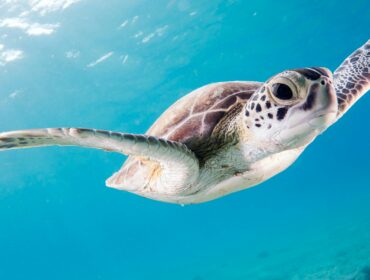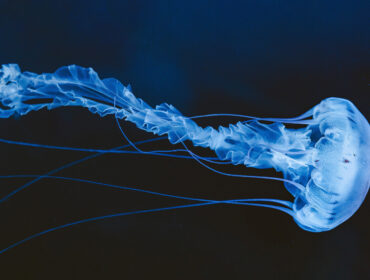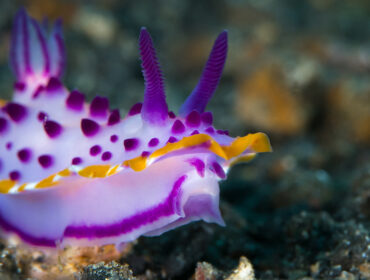Did you know that the tiny specs of organisms called phytoplankton are practically the backbone of marine life and most life on Earth? They are responsible for making up to 50% of Earth’s oxygen, and according to Scientists from NASA billions of years ago, with the appearance of this microscopic plant and organisms and their ability to convert sunlight, warmth, water, and minerals into protein, carbohydrates, vitamins and amino acids life on earth began. Even today, it plays a massive part in supporting life here on Earth.
What is Phytoplankton exactly?
While plankton expands to any drifting organisms and includes plants, animals, bacteria, or archaea, they are the autotrophic algae that live near the surface. In other words, they are the microscopic plant life free-floating in water bodies worldwide. Phytoplankton, like terrestrial plants, obtain energy through photosynthesis and hence require sunlight and other nutrients such as nitrate, phosphate, silicate, and calcium at various levels depending on the species. Under favorable conditions, a single diatom can reproduce 100 million offspring in a month, creating many species. For example, as many as a billion of them in a gallon of seawater. When conditions are right, phytoplankton populations can grow explosively, a phenomenon known as a bloom, which can even be seen through satellite images covering hundreds of square kilometers.
There are almost 20,000 species that make up this plant group known as Phytoplankton. Of them, the most abundant are the diatoms. Cyanobacteria, dinoflagellates, and coccolithophores are some of the other important groups.
The Role of Phytoplankton in Marine Ecology
Phytoplankton are the foundation of the oceanic food chain. As primary producers, marine animals of all sizes and shapes feed on the microscopic plants. From tiny zooplankton to multi-ton whales- some of the largest and longest-living creatures on earth depend on the plankton for sustenance. The smaller fish and life that feed on plankton are then eaten by bigger creatures.
Unfortunately, though, phytoplankton can cause mass fish deaths, too, as some species produce powerful biotoxins or harmful algal blooms. Humans that eat fish fed on such harmful plankton can be affected, too. Another way phytoplankton can greatly impact marine life is that dead plankton sinks to the bottom. The bacteria that decompose the phytoplankton can deplete the oxygen in the water, suffocating animal life and resulting in a dead zone.
The Role of Phytoplankton and Terrestrial Life
Although not a direct food source, plankton plays a massive part in the oxygen supply and even influences the climate we depend on. Through photosynthesis, phytoplankton consume carbon dioxide and give out oxygen. But not in small quantities like you would expect from such tiny things. They actually absorb carbon dioxide and exhale oxygen on a scale equivalent to forests and other land plants. Even when they die, some of the carbon is carried to the depths of the oceans. Through all this, about 10 gigatonnes of carbon from the atmosphere is taken to the deep ocean each year. This is a huge deal, so even small changes in phytoplankton growth can affect atmospheric carbon dioxide concentrations, which would feed back to global surface temperatures.
They are so prolific that 200 million tons of phytoplankton grow yearly in the world’s oceans. For comparison, that’s 10 times the weight of the entire human population of our planet. But at the same time, their abundance must not be mistaken for their doing well. Since the 20th century, phytoplankton has declined by roughly 1% yearly, possibly linked to warming oceanic temperatures – as of 2010, this means a decline of 40% relative to 1950, which has a profound impact. Contributing to 50 percent of our oxygen supply, practically ALL life on Earth depends on these diminutive wanderers!

